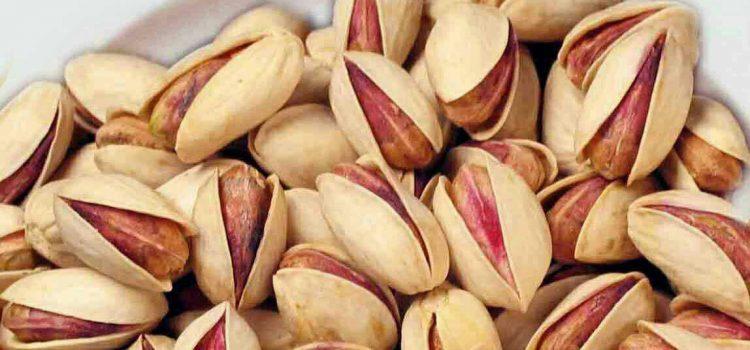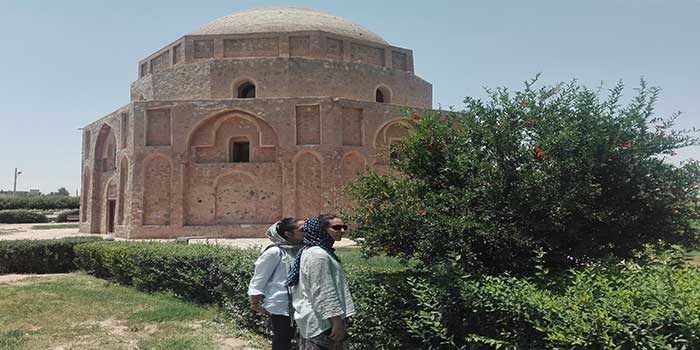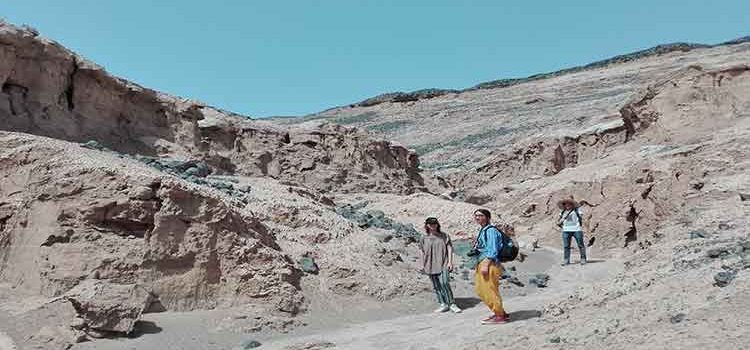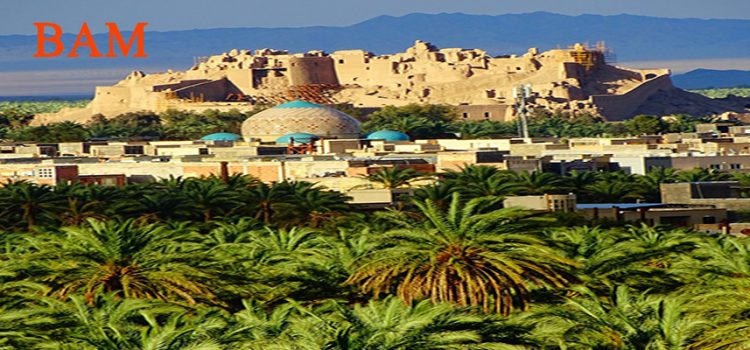Agriculture in Kerman area
Kerman is a surprising land when it comes to agriculture. To prove this, it is enough to know that the distance from the hottest spot on the earth (Lut Desert) to one of the coldest spots in Iran (Lalezar) is only 150 kilmeters less than two hours!!
Almost all types for corns grow in the area. South of Kerman (Jiroft, Kahnuj, Ghaleganj) produce a diversity of vegetables throughout the year. Every day, you can get fresh tomatoes, cucumber, egg plant, etc, in the market.
The agricultural products in Kerman area are dates, pistachio, oranges, water melons, melons, all types of vegetables, apples, quinces, peaches, grapes, pomegranates, apricots, almonds, figs, many types of nuts, walnuts, ceder, henna, garlic, cumin and many types of medicinal herbs.
Pistachio, dates, oranges and garlic are the main agricultural products that are exported to different parts of the world. However, best types of pistachios grow in Rafsanjan, dates in Bam, henna and garlic in Shahdad.
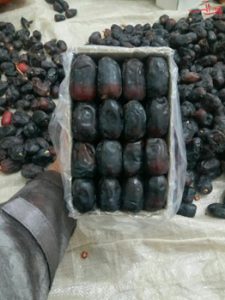

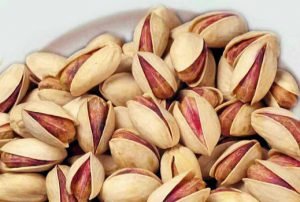
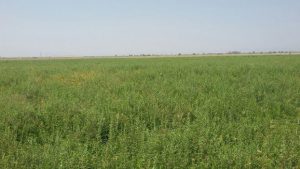
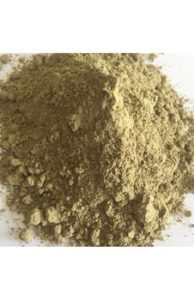
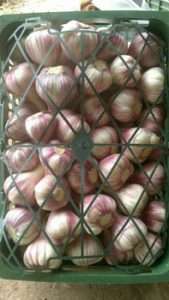
Nice Italian Girls
Valentina and Serena, two brave girls from Italy, visited Kerman area for 3 days. By brave, it means that while many Europeans are afraid of traveling to the hottest spot of the earth, these two did it!
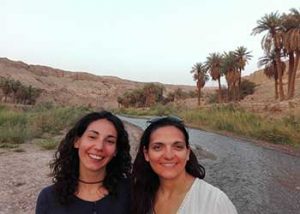
June 5 in the afternoon, they stepped into the Kaluts area on an off-road tour by a 4*4 pickup. They left shoes aside and trekked on the hot sand around with bare feet.
From two full days being in Lut desert, they passed one day in Keshit where the amazing canyon is an enjoyable destination not only as an amazing destination but also funny trekking in water and even swimming and diving!
The round big cement cake with candles around at the garden in Keshit village was a big surprise to Valentina because it was her birthday! While Helia, the daughter of the owner of the garden was giving a ride on the 4*4 motorbike to Valentina, others in her absence decorated that strange cake with candles in the dark. When she returned to the garden, she was so excited by hearing the happy birthday song at the garden in the dark with candles burning.
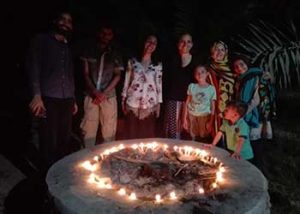
Serena, the master in special jumping in the air (!!), was always kind, smiling and helpful.
Irankalut wishes them a happy prosperous life.
Fransois, Cathy & Sonia
What a memorable tour ! All the attractions in Lut Desert were visited. Cathy got surprised when we lighted candles and started singing the happy birthday song. On the way back from Yalan dunes, what a nice thing happened. Francois learned all numbers in Persian even a nine-digit number but after a while the car went deep into sand and every one tried to help taking it out. Cathy finally sat at the role and pulled back while we were pushing. Our plates were really helpful. Sonia kept on laughing all the time that transferred lots of energy to the group. On the off road to Keshit, the tour was chanting french songs and it helped them to enjoy the long sandy off-road trip. Thank you for your happy moods.
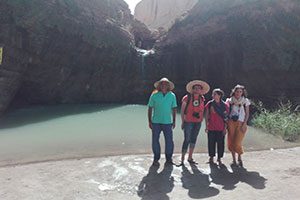
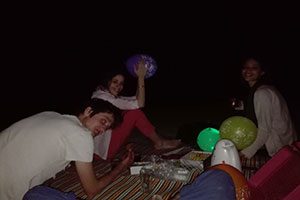
Bam and its Cultural Landscape
Bam is situated in a desert environment on the southern edge of the Iranian high plateau, close to the Pakistan border. Bam lies 1,060 metres above sea level in the centre of the valley dominated to the north by the Kabut Mountains and to the south by the Jebal-e Barez Mountains. This valley forms the wider cultural landscape of the Bam County. Beyond the mountains lies the vast Lut Desert of Central Iran.
The origins of Bam can be traced back to the Achaemenid period (6th to 4th centuries BC) and even beyond. Its heyday was from the 7th to 11th centuries, being at the crossroads of important trade routes and known for the production of silk and cotton garments. The existence of life in the oasis was based on the underground irrigation canals, the qanāts, of which Bam has preserved some of the earliest evidence in Iran (3000). Arg-e Bam is the most representative example of a fortified medieval town built in vernacular technique using mud layers (Chineh ), sun-dried mud bricks (khesht), and vaulted and domed structures. Outside the core area of Arg-e Bam, there are other protected historic structures which include Qal’eh Dokhtar (Maiden’s fortress, ca. 7th century), Emamzadeh Zeyd Mausoleum (11-12th century), and Emamzadeh Asiri Mausoleum (12th century and historic qanāt systems and cultivations southeast of the Arg.

For centuries, Bam had a strategic location on the Silk Roads connecting it to Central Asia in the east, the Persian Gulf in the south, as well as Egypt in the west and it is an example of the interaction of the various influences.

The 2003 earthquake caused the collapse of various sections of the Governor’s Quarters and the upper parts of the defence walls. Notwithstanding, much of the lost fabric was from modern restorations. The materials found at the older levels are well preserved and have now been revealed. The traditional culture for architecture and the city plan have also been preserved, including the continuity in workmanship and know-how for earthen architecture construction. However, the earthquake not only couldn’t destroyed it totally, but also made it more eye-catching to the extent that today a new era of existence has started for Arg-e-Bam.


